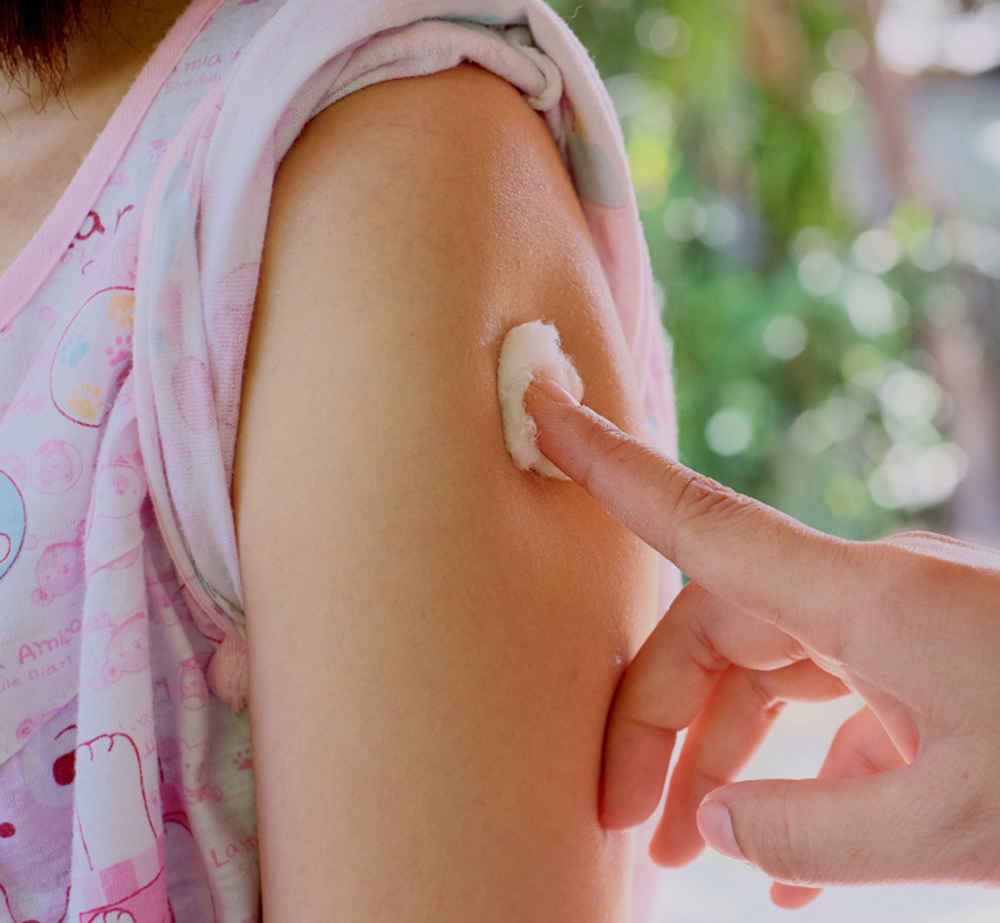410-721-2273
Animal or Human Bites
What are the types of bites?
Bites from rabies-prone wild animals
Rabies is a fatal disease. Bites or scratches from a rabid bat, skunk, raccoon, fox, coyote, or large wild animal are especially dangerous. These animals can transmit rabies even if they have no symptoms. Bats have transmitted rabies without leaving a detectable bite mark on the skin. All bites from these animals should be checked by a healthcare provider.
Other wild animal bites
Rodents such as mice, rats, gophers, moles, chipmunks, prairie dogs, and rabbits do not carry rabies. Squirrels rarely carry rabies. Rodents can carry other diseases (such as plague).
Outdoor pet bites
Most bites from pets are from dogs or cats. Bites from domestic animals such as horses can be handled using these guidelines. Dogs and cats are free of rabies in most metropolitan areas. The main risk in pet bites is serious wound infection, not rabies. Cat bites get infected more often than dog bites. Claw wounds are treated the same as bite wounds, since they may be contaminated with saliva.
Indoor pet bites
Small indoor pets (gerbils, hamsters, guinea pigs, white mice, etc.) do not carry rabies. Puncture wounds from these small animals usually do not need to be seen by a doctor. This kind of wound rarely goes through the skin.
Human bites
Most human bites occur during fights. Sometimes a fist is cut when it strikes a tooth. Human bites are more likely to get infected than animal bites. Bites on the hands are at increased risk of complications. Most toddler bites don't break the skin and don't need to be seen by a doctor.
If your child has been bitten, call your healthcare provider.
What if the animal may have rabies?
If you suspect that the animal that bit your child has rabies:
Wash the wound immediately with lots of soap and water for 10 to 15 minutes.
- If possible, flush the wound thoroughly under a faucet.
- Call your healthcare provider immediately. Without the rabies vaccine, rabies is almost always fatal.
- If a wild animal or sick pet is still on the premises, call the police department immediately. The animal should be watched carefully for any signs of sickness. The animal should be isolated from contact with humans for 10 days. If the animal belongs to another family and they are not cooperative, report the incident to your city's or county's animal control division.
- If the animal is captured or dead, avoid all contact with it. Saliva from a rabid animal can cause rabies if it gets into a cut.
How is an animal bite (without suspected rabies) or human bite treated?
- FIRST AID for puncture wound or laceration (deep cut)
Wash the wound with water and soap for 10 minutes before going to your healthcare provider's office. Scrub the wound enough to make it bleed a little. Most animal bites need to be seen by a healthcare provider because they often get infected. Careful cleaning of the wound in the emergency room or doctor's office is the best way to keep the bite from getting infected, even better than antibiotics. - Scrapes or superficial cuts
For wounds that don't penetrate into the skin, wash the area of the injury with water and soap for 10 minutes. Apply an antibiotic ointment to the wound twice a day. You can leave it exposed to the air, or put a Band-Aid on it if it's an area that gets dirty easily. - Pain relief
Give acetaminophen or ibuprofen for pain.
How can bites be prevented?
Teach your children not to pick up sick or injured wild animals. Teach them not to pet strange dogs, try to break up dogfights, go near a dog that's eating, or touch a sleeping dog. Children under 4 years of age should always be supervised around dogs. Pit bull terriers and Rottweilers are especially dangerous.
CALL 911
If you feel that your child needs immediate medical care.
Call our office right away if:
(410) 721-2273
- The animal could have rabies.
- The teeth or claws went through the skin (that includes all puncture wounds). Note: Cat bites of the hand can get infected rapidly and need prompt attention.
- The skin is split open (may need stitches).
- The bite looks infected (red streaks or increasing redness).
- Your child starts to act very sick.
Call us during office hours if:
- The pain increases after the second day.
- The wound isn't healed in 10 days.
- You have other questions or concerns.
Written by B.D. Schmitt, MD, author of "Your Child's Health," Bantam Books.
This content is reviewed periodically and is subject to change as new health information becomes available. The information is intended to inform and educate and is not a replacement for medical evaluation, advice, diagnosis or treatment by a healthcare professional.
You May Also Like
Popular Resources | Make an Appointment • Locations • Refill Prescriptions





